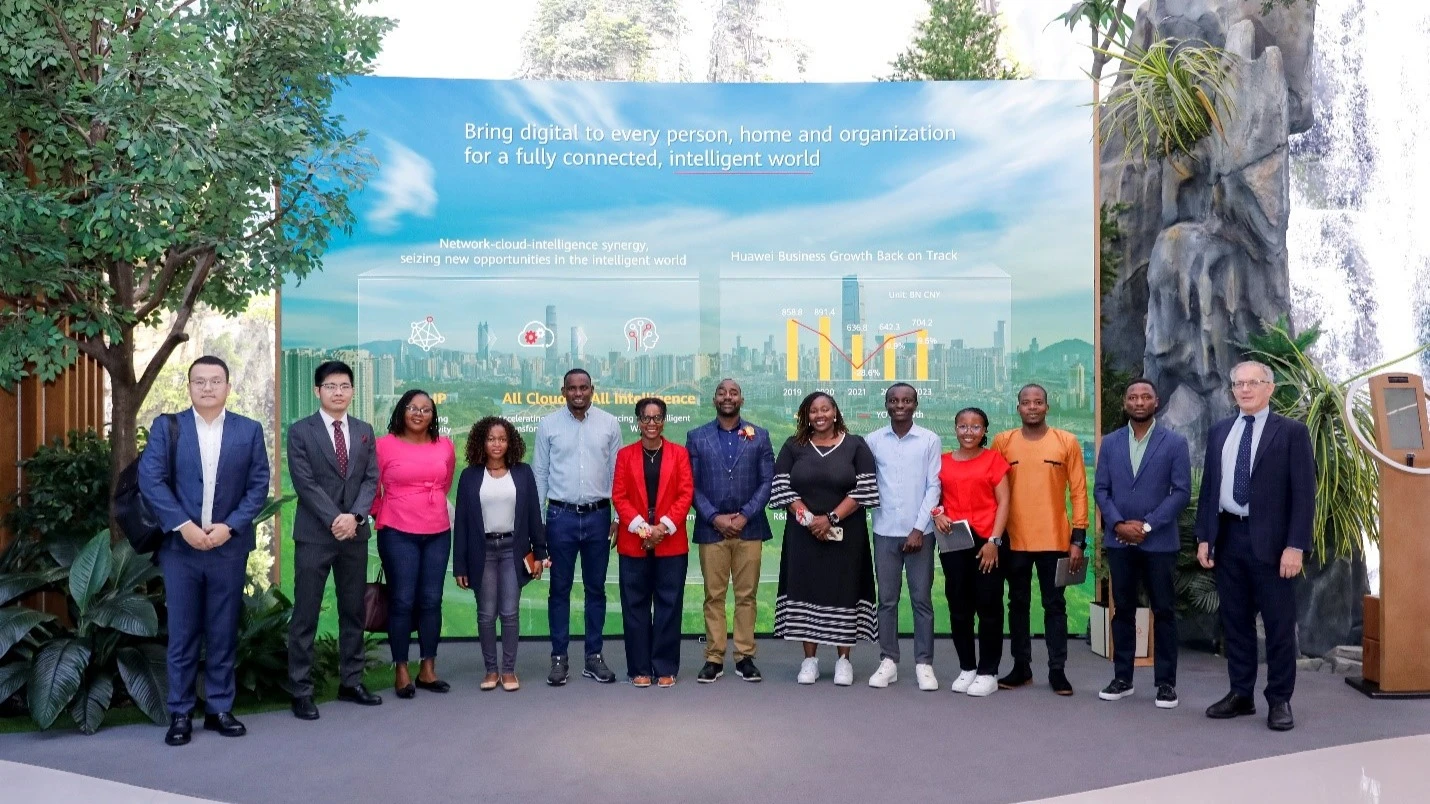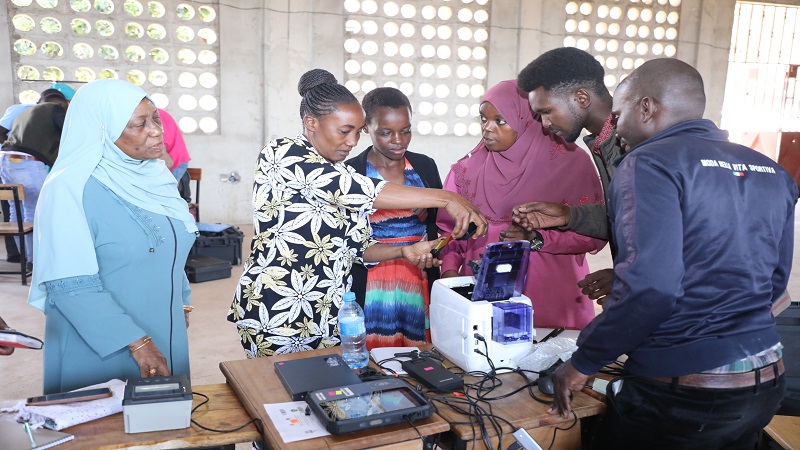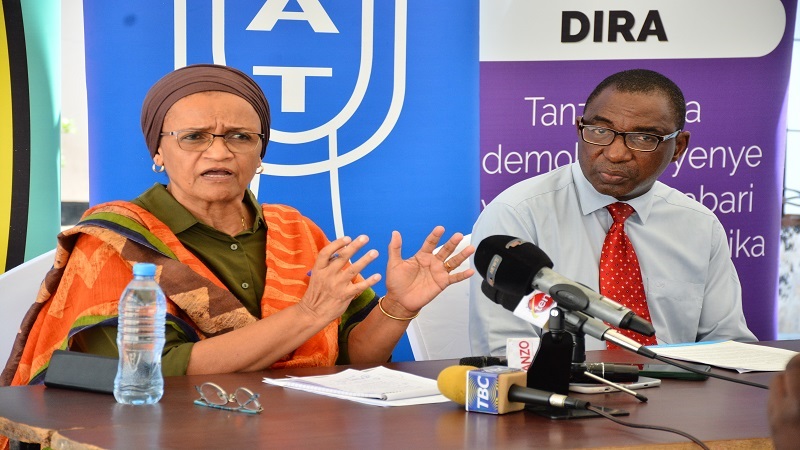How can Tanzania achieve its cybersecurity objectives

As a nation, every organisation, institution and authority should be aware of and follow to cybersecurity best practices that advance our own goals and priorities and are consistent with the vision outlined in our Government Cybersecurity Strategy 2022-2027.
The cybersecurity strategy of any organisation, institution or authority should clearly describe the roles and duties of the stakeholders tasked with carrying out the activity, as well as contain means to hold members accountable for the implementation, monitoring, assessment, and outcomes of their actions. It's also critical to remember that any risk-management strategy should be routinely assessed because cybersecurity threats in businesses and government agencies are incredibly dynamic and unexpected.
The organisation's, institution’s and authority's cybersecurity strategy should identify and assess the dynamic cyber threat landscape, as well as any potential effects and consequences on critical infrastructures and essential services that are necessary for the economy to function properly and whose destruction or incapacitation would severely undermine the nation's physical or economic security, public health, and safety.
A standard approach for managing cybersecurity risks should be identified in the strategy for all organisations, institutions and authorities. This approach should include evaluating assets, analyzing threats, putting in place and maintaining mitigating measures, and accepting residual risk. This will simplify the sharing of threat and risk information across interdependent systems and guarantee efficiency and consistency across all organisations, institutions and authorities.
Crucially, the risk-management methodology should offer guidance on minimizing risk through secure architecture and design and regular assessments/audits for the procurement and development of infrastructures or services for organisations, institutions and authorities.
This is because it acknowledges that security is best achieved when it is an integral part of the process of designing, developing, and implementing a process, product, or service.
In order to strengthen the security of a nation's critical information infrastructure, the strategy should promote the establishment of official public-private partnerships. Building trust, identifying and exchanging ideas, approaches, and best practices for enhancing security, and developing cross-sector and sector-specific cybersecurity baselines are just a few of the benefits that come with working together to establish sustainable partnerships. All participating stakeholders must, however, have a clear understanding of the partnership's objectives and the mutual security benefits that result from doing so.
The following are examples of good practices that are taken into account when forming public-private partnerships: coordinating capacity-building initiatives, creating cybersecurity-specific curricula and awareness-raising campaigns, growing training and workforce-development programs, implementing international certification programs, and encouraging innovation and R&D clusters.
The development or expansion of specialized curricula targeted at speeding up the development of cybersecurity skills and awareness across the formal education system should be facilitated by our education system, from elementary school to high school. Higher education programs in computer science and IT should incorporate cybersecurity courses.
Additionally, cybersecurity degrees and apprenticeships should be established. These establishments can be vital in imparting knowledge on the specific principles of cybersecurity to the civilian and military workforces. They can also act as breeding grounds for the next generation of workers, fusing theory with practice, tools, and implementation, and making the most of campus resources to integrate expertise, capacity for thought, and practical skills.
A nation's cybersecurity program must also be implemented successfully, which calls for strong political will and leadership supported by reliable alliances. The creation of cybersecurity education and skill-building programs for professionals and non-professionals in the public and private sectors can aid the nation in achieving its cybersecurity goals. This guarantees that a nation is well-aware of the risks to which it is exposed and enables it to control those risks to the greatest extent possible.
Ibrahim Sultan is Cyber Security Consultant based in Arusha. These are his personal views. He can be reached through email address: sultibr [email protected]
Top Headlines
© 2024 IPPMEDIA.COM. ALL RIGHTS RESERVED

























